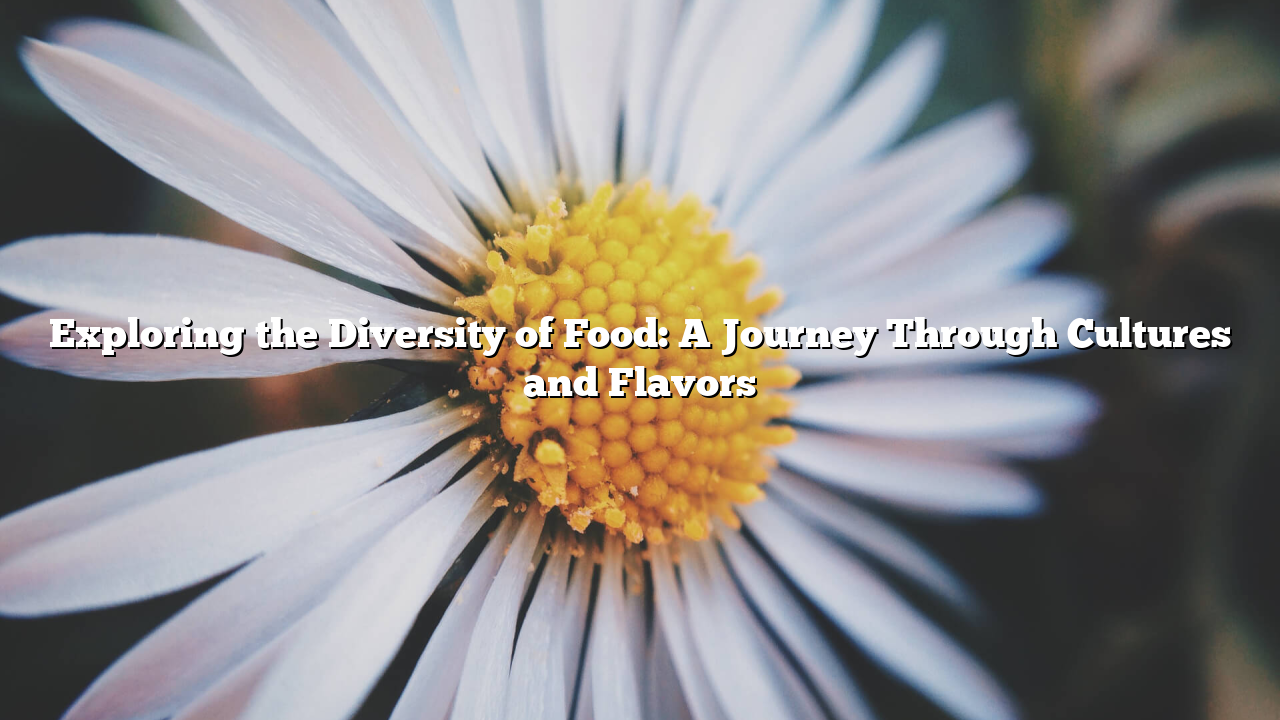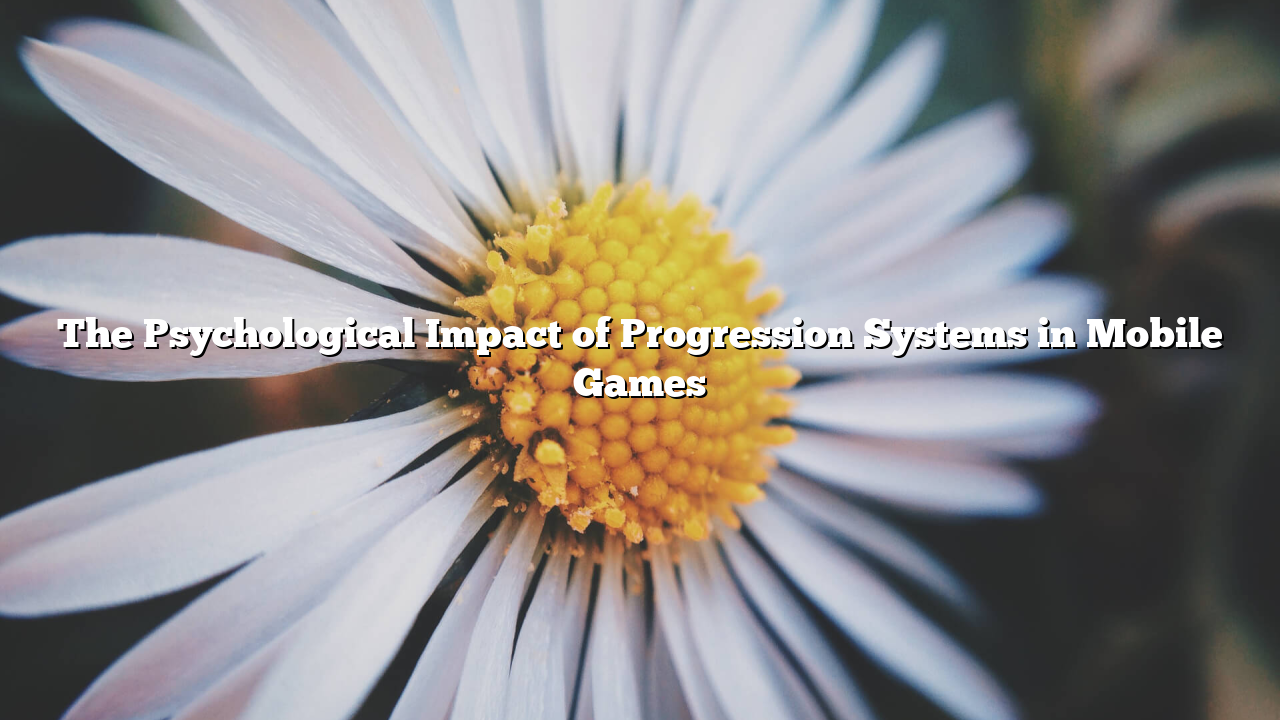Food is an integral part of human life, acting not only as a means of sustenance but also as a source of pleasure, culture, and tradition. Every culture across the world has developed its own unique culinary style, blending ingredients, techniques, and flavors to create distinctive dishes. Whether it’s a humble home-cooked meal or an extravagant dish at a Michelin-star restaurant, food brings people together, reflects our history, and fuels our bodies. This article delves into the diversity of food, exploring its significance, variety, and the ways in which it shapes our lives.
The Universal Language of Food
Food is often called the universal language because it transcends boundaries—be it geographic, cultural, or even linguistic. While cuisines may differ widely from one country to another, food has the power to connect people, promote understanding, and celebrate differences. In fact, it is through food that many travelers experience new cultures. A trip to Italy would not be complete without savoring a plate of pasta, while visiting India offers the opportunity to enjoy a rich array of spices and flavors in curries and street food.
Food brings people together during celebrations, gatherings, and even in moments of mourning. The shared experience of enjoying a meal, whether at a family dinner table or during a social event, creates bonds that are difficult to replicate through any other medium. The ritual of dining together strengthens relationships, promotes community, and fosters an appreciation for the diversity of foods that exist worldwide.
The Importance of Ingredients
At the heart of every cuisine lies its ingredients. These are the building blocks that give each dish its character. Some ingredients are global staples, while others are unique to specific regions. For example, the humble potato is a universal ingredient, featured in countless dishes, from mashed potatoes in Western cuisine to aloo gobi in India. Meanwhile, ingredients such as sushi rice and nori are exclusive to Japan, while Mexican cuisine relies heavily on corn, beans, and chili peppers.
The use of fresh, locally-sourced ingredients is a hallmark of many traditional culinary practices. In Mediterranean countries like Greece, Italy, and Spain, dishes often highlight seasonal fruits, vegetables, and seafood. The reliance on fresh produce and minimal processing is a key reason for the region’s reputation for healthy, flavorful meals. In contrast, many modern food cultures have shifted toward mass-produced ingredients, which may lack the freshness and nutritional value of locally-sourced options.
Spices and herbs also play a significant role in defining the flavors of different cuisines. For example, the bold spices in Indian cooking, such as turmeric, cumin, and coriander, create a rich, warm flavor profile that is instantly recognizable. In contrast, Mediterranean cuisine often uses olive oil, garlic, and basil to create a more subtle, aromatic experience. In each case, the choice of ingredients—and how they are prepared and combined—determines the distinctiveness of the food.
Culinary Techniques Across Cultures
While ingredients form the foundation of a dish, the methods used to prepare them are just as important. Different cultures have developed unique culinary techniques over centuries. For example, French cuisine is renowned for its techniques like sautéing, braising, and baking. These methods have been refined over generations and are taught in culinary schools worldwide.
Asian cuisines, on the other hand, often emphasize steaming, stir-frying, and deep-frying. In China, for example, stir-frying at high heat in a wok is a method that locks in flavors while maintaining the crunchiness of vegetables. Sushi, another famous Japanese dish, requires the precise art of rice cooking and fish preparation, as well as the delicate skill of assembling the components without overpowering their natural taste.
The use of fire is also crucial in many cooking traditions. Barbecue in the American South, for instance, revolves around slow-cooking meat over an open flame, infusing it with smoky flavors. Meanwhile, grilling meats and vegetables over hot coals is a popular cooking method across the Middle East, especially in dishes like kebabs.
Baking, though considered a form of cooking, is a separate category that has shaped many cultures’ food traditions. In Western cuisine, baking is central to making bread, pastries, and cakes, while Middle Eastern countries are known for their flatbreads and stuffed pastries. In Russia, the art of baking is celebrated in dishes such as borscht, while Scandinavian countries excel in the production of rye-based breads and sweet treats like cinnamon rolls.
The Health Aspect of Food
In recent years, there has been a growing focus on the health aspects of food. The modern world has witnessed an increasing awareness of the nutritional value of what we eat, with more people opting for plant-based diets, gluten-free options, and organic foods. This shift is a response to concerns about obesity, heart disease, and other health issues linked to poor dietary habits.
Traditional diets, particularly those from the Mediterranean and Asian regions, have long been recognized for their health benefits. The Mediterranean diet, rich in fruits, vegetables, whole grains, olive oil, and lean protein, is associated with lower risks of heart disease, cancer, and obesity. Similarly, Japanese cuisine, with its emphasis on fish, rice, vegetables, and fermented foods like miso, has been linked to longevity and good health.
However, while focusing on nutrition is essential, food is also about enjoyment. The social and cultural elements of eating are just as important as the health aspects. For many, food is a way to express creativity, explore new flavors, and indulge in pleasurable experiences.
18hoki of Food
As the world’s population continues to grow, food production will face new challenges. Global climate change, rising food costs, and the need to feed more people with fewer resources are pressing issues for governments, farmers, and chefs alike. Innovations in food
technology, such as plant-based meat substitutes, lab-grown meat, and vertical farming, may help address these concerns while offering more sustainable alternatives to traditional food production methods.
In conclusion, food is far more than just sustenance. It is an essential part of human culture, identity, and tradition. The diversity of food, from the ingredients we use to the cooking techniques we employ, shapes how we live, eat, and connect with one another. While food trends and preferences may evolve, the importance of food in our lives will always remain unchanged. It is a powerful force that brings people together, nourishes our bodies, and reflects the rich variety of human cultures. Whether we are enjoying a bowl of ramen in Tokyo or a plate of paella in Valencia, food will continue to be a source of comfort, exploration, and joy.
Exploring the Diversity of Food: A Journey Through Cultures and Flavors











Leave a Reply